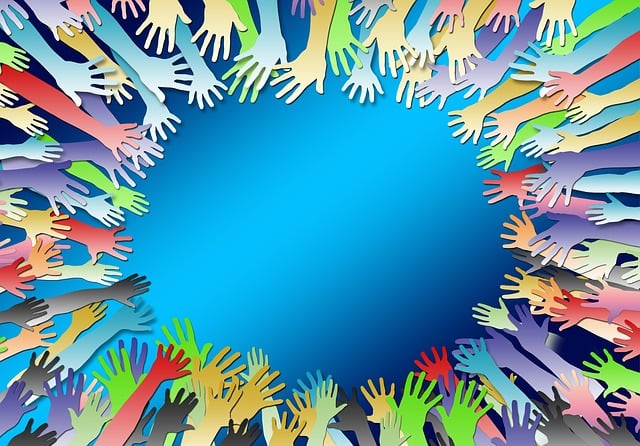Cremation has been an integral part of funeral practices, deeply influenced by cultural and religious beliefs across history. In ancient India, it was central to Hindu rituals as a symbol of the soul's liberation, a concept echoed in sacred texts like the Rigveda. Buddhism also views cremation as a natural transition that highlights the impermanence of life and the continuity of existence. Ancient civilizations such as Greece and Rome conducted elaborate cremations, with the Etruscans, who influenced Roman traditions, building specialized structures for this purpose. Initially, Christianity was skeptical of cremation due to its pagan roots, but it now embraces the practice when performed with reverence. Today's cremation services are carefully planned with a spectrum of religious perspectives, blending traditional beliefs with contemporary practices. The Vatican recognizes cremation as compatible with Christian teachings, and many denominations have established protocols for these services. Beyond religious contexts, cremation is chosen for its environmental benefits, offering personalized and adaptable options that cater to modern secular preferences, making it a widespread practice in contemporary society.
Exploring the diverse practices surrounding cremation across different faiths offers a fascinating glimpse into how various religious traditions honor the dead. This article delves into the historical perspectives and contemporary cremation services practices of world religions, revealing a tapestry of beliefs and rituals that reflect each faith’s unique cremation stance. From ancient rites to modern ceremonies, understand how cremation intersects with spirituality, customs, and the end-of-life choices within diverse religious frameworks.
- Historical Perspectives on Cremation Across World Religions
- Modern Cremation Practices and Beliefs in Various Faiths
Historical Perspectives on Cremation Across World Religions

Throughout history, cremation has been a practice embraced by various world religions, each interpreting and implementing this rite in distinct ways. In ancient India, cremation was an integral part of funeral rituals, deeply rooted in the Hindu belief system, where it symbolizes the release of the soul from the physical body and its journey towards liberation or moksha. The practice is well-documented in sacred texts like the Rigveda, where specific hymns accompany the ceremony. Similarly, in the teachings of the Buddha, cremation was seen as a natural process, emphasizing the impermanence of the physical form and the continuation of life’s journey in another realm.
Moving to the Western context, ancient civilizations such as the Greeks and Romans also practiced cremation for their deceased, often conducting elaborate ceremonies that were both a rite of passage and a social event. The Etruscans, influential in shaping Roman funeral customs, held cremation in high esteem, with archaeological evidence showing purpose-built structures like the crematrium for these rituals. In Christianity, while cremation was initially discouraged due to associations with pagan practices, it has become an accepted form of disposition in accordance with the Church’s teachings, provided it is done respectfully and with dignity. Cremation services today are planned with a spectrum of religious considerations, reflecting a modern synthesis of tradition and contemporary practices.
Modern Cremation Practices and Beliefs in Various Faiths

Modern cremation practices and beliefs across various faiths reflect a nuanced understanding of spirituality, rituals, and the respect for the deceased. In many cultures, cremation is not merely a disposal method but a ritual steeped in religious significance and symbolism. For instance, Hinduism and Buddhism have long embraced cremation as a way to honor the body’s journey from one state of being to another. The process signifies the release of the soul from the physical form, with practices such as the immersion of the ashes in sacred rivers or the scattering of ashes in nature, reflecting reverence for the cycle of life and death.
In Christianity, cremation services have become more accepted and are often viewed as a form of preparation for the resurrection of the body on the last day. The Vatican has clarified its stance, allowing cremation so long as the act is not motivated by denial of faith in the resurrection of the body. Each denomination may have specific guidelines, but the focus remains on the remembrance and celebration of the deceased’s life, with the urn serving as a tangible symbol of the person who has passed. The secular context views cremation as a modern, environmentally friendly option that provides flexibility for memorialization. It aligns with sustainability goals and offers a variety of personalized cremation services to honor and remember the deceased in ways that are meaningful to their loved ones. As such, cremation has become a widespread practice, integrating diverse beliefs and respecting individual traditions.
Cremation serves as a testament to humanity’s myriad traditions and beliefs, reflecting a wide spectrum of cultural and religious practices. From historical perspectives to contemporary norms, the article has explored how various faiths approach cremation, offering insights into modern cremation services and their significance. Each religion honors its deceased in unique ways, with cremation being a reverent act that varies from one belief system to another. As societies evolve, so too do the rituals surrounding the end of life, making the discussion on cremation across religions both pertinent and enlightening. It is clear that cremation continues to be an integral part of many traditions, reflecting both continuity and change in how we remember and honor our loved ones.
